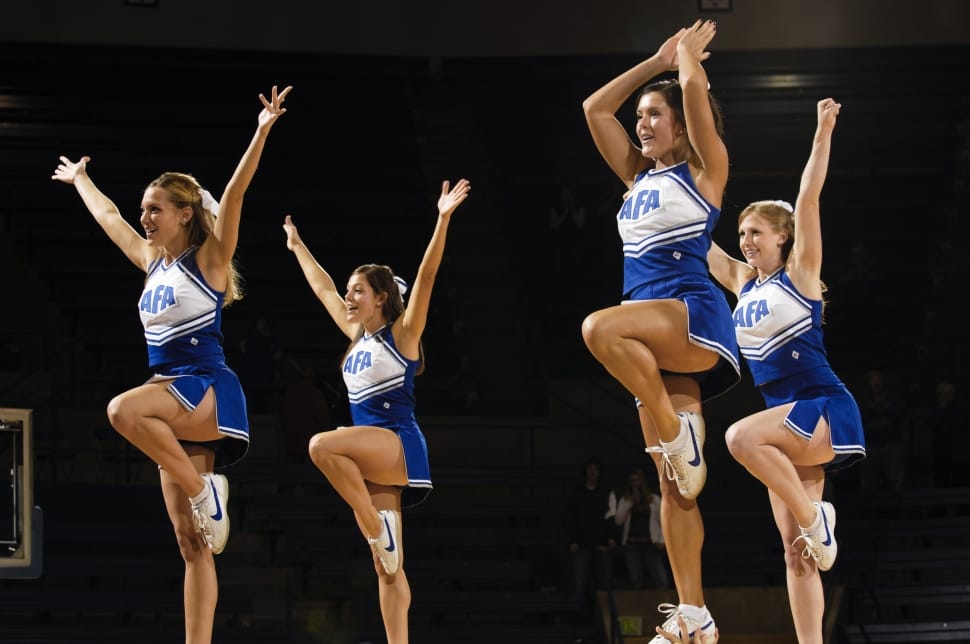By April Austen
If you haven’t at least heard of Netflix’s doco-series Cheer, you’re in the minority. The six-episode series is set at Navarro College, a community college in the small town of Corsicana, Texas. Navarro has one of the best collegiate cheerleading programs in America. Viewers watch as the cheer squad prepares for the NCA National Cheerleading Championships in Daytona, Florida. People around the world fell in love with the athletes and coaches that star in the program, and it opened many eyes to the intense, gruelling sport that is cheerleading.
But does a TV show like Cheer lead to more people taking up the sport? Or are most people content just watching from their couch?
In both university cheer and external cheerleading clubs, people usually get started after a background in gymnastics or dance, or just because their friends are already involved. Since Cheer was released, RMIT’s Cheer and Dance Club has noticed a spike in interest from people who have never cheered before. Club president, Amelia, said they had “definitely noticed that there has been an increase in interest in cheerleading this year, in correlation with the doco-series Cheer on Netflix”.
“We received a lot more interest from students who may have never considered cheerleading otherwise, as the documentary gives a good insight into the sport and what it’s actually like,” she said.
Amelia believes the best part of cheerleading documentaries is their ability to break down stereotypes. “Television shows and movies that accurately depict what cheerleading is all about can definitely influence whether or not someone wants to become a cheerleader.”
“Cheerleading documentaries like Cheer help to break stereotypes and shine a light on the true spirit of cheerleading—that it’s not just about being cheerful and waving pom-poms. Cheerleading is a high intensity sport that incorporates teamwork, agility, resilience, performance and encourages sportsmanship. The cheerleading community in Australia is slowly growing because of this.”
Vice-president of the club, Sue, said people are often surprised to find out she is an engineer. “It goes to show the type of stereotypes that exist! Shows such as Cheer represent what cheerleading usually is – a diverse and committed group of people working towards a common goal, while having loads of fun.”
At the Melbourne Cheer Academy, Program Director Danelle Cooney said they hadn’t noticed an increase in enrolments since the show, but the increase in awareness was obvious. “It’s definitely made an impact in the number of people who know about the sport. When we told people we ran a cheer gym, we used to get the response that people didn’t know what it was. Now most people have heard of the documentary or seen it and know a bit more about the sport which was great.”
She said despite the increased understanding of cheer, there was always some risk TV programs and films could do harm to the sport as well. “They can be really good but they can potentially be harmful. In Cheer they focus on injuries a lot and that is worrying because, especially in the Australian cheerleading industry, there’s not that level of injury and definitely not the expectation to push through injury. So that can be detrimental.”
For better or for worse, the shows that we consume and the content streaming services such as Netflix promote do have a real impact on the hobbies we pick up and the stereotypes we hold.


